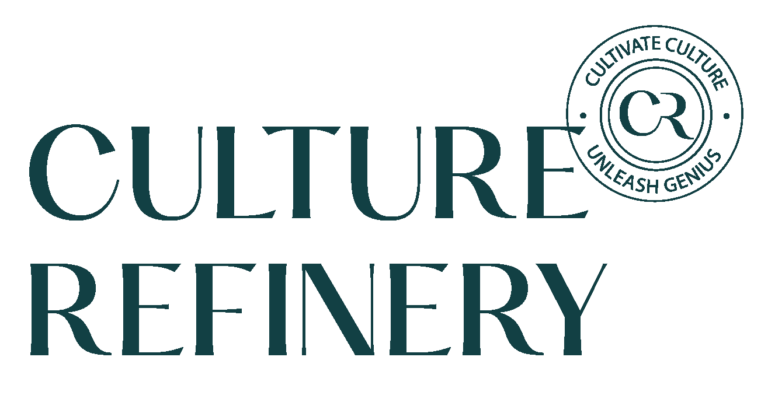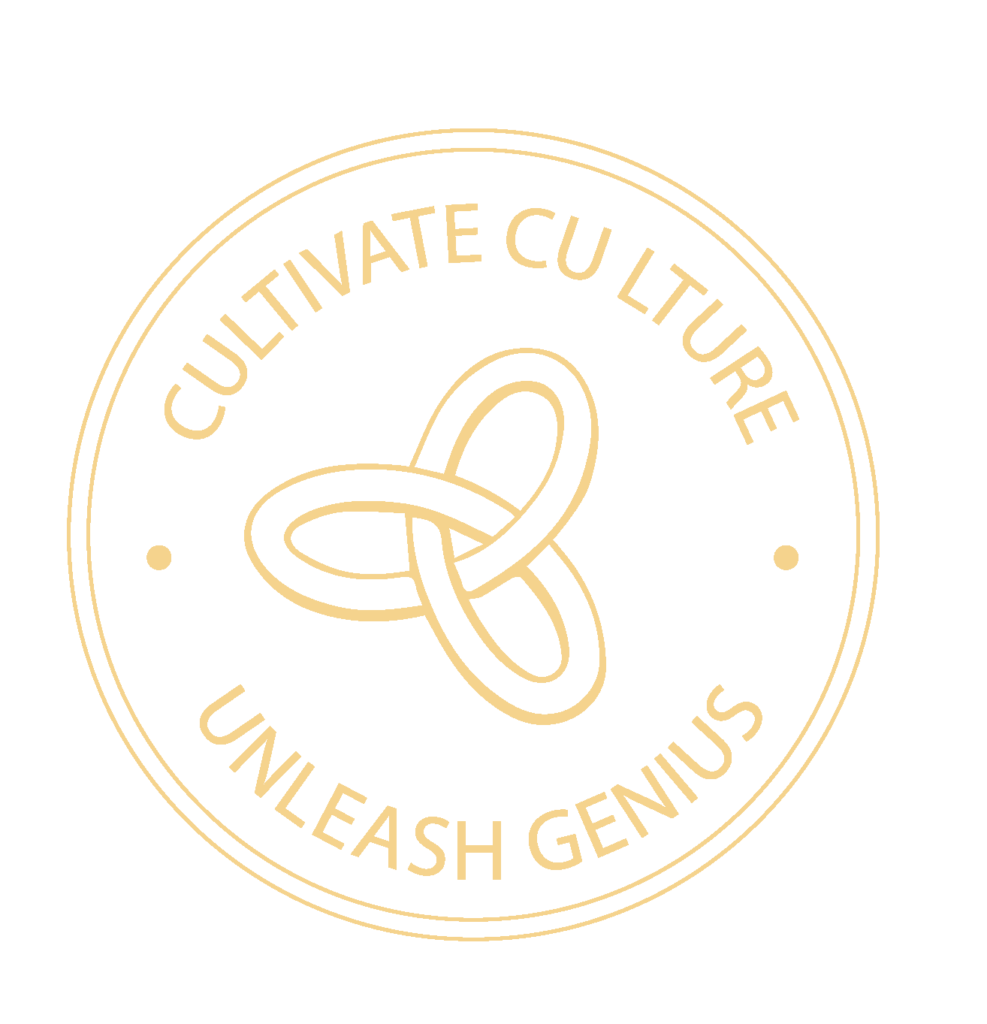Did you know our brains process social threats the same way they process physical threats – triggering a fight, flight, or freeze response? Feedback’s potential to damage an important relationship – whether you’re on the giving or receiving end – is one of those threats. That’s why we dread receiving it, and why we back down on giving the kind of feedback that goes deeper than surface level. Having that awareness is the first step to helping you go past your initial reflexes during assessment conversations in order to start accepting feedback with grace, and giving the kind of feedback that moves teams to grow.
The Breakdown of Effective Feedback
At Culture Refinery, we’ve broken feedback into four categories of focus to make sure yours is effective:
- Useful information – the “so what?”
- Observed behaviors – specifics about the actions taken
- Results and/or impact – the effects of that behavior
- Influence on future performance – how the feedback changes future behavior
Whether it be praise or criticism, these are the pieces you’ll want to break down, consider, and use to inspire continued good work and improvement.
Useful information – the “So What?”
“Let’s talk about last week when you spoke over a person in the meeting. Paula was talking and every time she spoke, you cut her off again. She felt that was disrespectful, and it took away from the point of the meeting making it longer than it needed to be. I wanted to address this because it impacted more than just your performance. Tell me what do you think was going on?”
“I don’t like the way you shape your eyebrows.”
One of these things is not like the other.
Feedback should be useful information. Something that can be improved on, or clear action that can be taken. If it’s merely an opinion, especially one on something that doesn’t actually matter, it isn’t feedback. It’s a waste of time and a risk to your relationship.
When we observe behavior as part of our process at Culture Refinery, we use our own model of feedback so your organization can experience it in action. The information we highlight about your organization might not be what you’re expecting, or something you’ve considered before, but it will always be relevant to the culture you’re trying to create. And there will always be an actionable step you can take to improve on it.
Observed Behavior – First-hand experience
More often than not, we end up playing a game of telephone in our organizations. Someone comes up to you because you’re the manager or leader, and they report that John in accounting did something they found disrespectful. What happens next is what everyone has grown to expect. You go up to John and have a conversation about that behavior.
Here’s the problem: You didn’t see John’s behavior yourself and are lacking details that you would only have if you had witnessed it. So what are your options?
1) Observe the behavior if possible. If the complaint is based on a specific situation you can be part of, or a similar situation, watch for the behavior to see for yourself.
2) Hold a deeper conversation with the person who did observe the behavior to get as much detail as possible.
3) Create a space for the person who made the complaint to approach the offending person themselves with their feedback.
Feedback is best when it comes from a firsthand observation so that information doesn’t get diluted or shifted around. Make sure to focus on observations about the behavior itself, not the person behind it.
Results and Impact
Feedback should always lead to results and impact, regardless of where it falls on the positive/negative scale. The goal is always to create an impactful change in the behavior of the person you’re providing feedback to.
For example, an employee gives a presentation and you notice she didn’t include an agenda, and the audience became confused about the purpose of the conversation. Your feedback might begin by letting her know that without the roadmap of an agenda, her audience didn’t make the connection between her first and second points, which is why her presentation when off the rails.
Alternatively, if she was extra prepared in her presentation by including an appendix at the back of her deck, ready for anticipated questions, your feedback would be to encourage her to continue to do so. Share that her preparation gave her added credibility, and helped the meeting flow smoothly.
Feedback to your teams should include both motivations to continue with what’s working and suggestions for improvement. Employees are more likely to grow when they regularly experience positive feedback in addition to changes they can make, and they understand your rationale for it.
Influence on Performance
There is a reason why we say praise and critique by itself isn’t effective feedback. A “great job” on a project will only go so far. Sure, it feels good, but that pat on the back only lives for a moment without any more information about what made that performance so great.
Feedback needs to go beyond praise and criticism with specific observations to be effective. For a job well done that may include notes on the data they used in a presentation, the way they engaged a cross-functional team, or the determination with which they approached a particularly challenging task. If there’s room for improvement, you might share that you noticed they asked for help late in the process, or that the final results weren’t as polished as the expected standard because the copy wasn’t edited.
Providing clear and specific details about the behavior you’ve given feedback for gives your recipient a guide for how to perform in the future.
The Importance of Effective Feedback
At Culture Refinery, we define feedback as “the return of useful information about the result or impact of a process, activity, experience, or behavior, delivered for the purpose of motivating continued success or facilitating improved performance.” We take each component of our definition seriously in the feedback we provide to organizations so they can experience the impact of receiving the kind of feedback that motivates them to grow.
While surface-level praise or criticism might satisfy a need to respond in the moment, it’s a blunt object. Effective feedback is a precise tool. It’s motivation. It’s the most valuable piece of information to follow when you’re actively looking to improve, simplify, or refine ways of working.
Want to learn more about how feedback can help your organization grow? We’d love to help with that within our series of feedback workshops.





